Q&A with Lee Hartwell
Dr. Lee Hartwell is a Distinguished Sustainability Scientist in the Global Institute of Sustainability, Virginia G. Piper Chair of Personalized Medicine and chief scientist in the Center for Sustainable Health at the Biodesign Institute, professor in the School of Biological and Health Systems Engineering in the Ira A. Fulton Schools of Engineering, and professor in the Mary Lou Fulton Teachers College. He was awarded the Nobel Prize in physiology or medicine in 2001 for his discoveries of a specific class of genes that control the cell cycle – research that provided important clues to cancer.
In this two-part video interview, Dr. Hartwell describes the issues and goals for his two most important sustainability-related projects in healthcare and K-8 education. He also discusses how he came to embrace sustainability research and teaching at ASU and his concerns about world social inequities.
PART I
How did sustainability become part of your research?
I met Michael Crow a few years ago, relatively recently, maybe three-four years ago, when we were on a trip together in the Galapagos. I’ve been following his vision here for Arizona State University, and it’s really, completely in line with my thinking about the future, which is that we need to take the science that we have gleaned over the last several decades and begin to apply it in a more effective way to human problems.
What is your sustainable health project?
My history is about 40 years as a basic scientist and more than a decade being the director of a cancer center. As a result of that experience, I’ve become, first, very aware of some important limitations in our application of science to medicine. So that’s one of my interests and we put it under the rubric of sustainable health.
I think we’re all aware of the fact that medicine is becoming prohibitively expensive in this country and around the world and that it’s not really giving us that much for our money. At least half of the expense or so is being spent on people in the last two years of their life, so it’s not really contributing the way we think it should to the whole of our lives. The real need is to move interventions so that they’re addressing prevention and earlier-stage disease rather than focusing just on very late-stage disease where our interventions are pretty ineffective and where the complete emphasis is upon trying to find a magic pill.
How will you address the sustainable health challenge?
What I believe is possible, as a result of advances in the last decade or so, is vastly improved diagnostic information that will lead to an identification of people at risk for disease, of people who have early-stage disease where we think the interventions can be much more effective. Our project there addresses the opportunity from new technologies, the need that I just expressed, but thirdly the fact that no one is really fulfilling this need – that the standard model for taking a new finding from the laboratory to the clinical medicine arena is the commercial model, where it’s developed by some company and sold at an exorbitant price.
That doesn’t work for diagnostics for two reasons. One is that the return on investment is too small to warrant the investment that’s needed to really validate the information. But secondly, the model is to take one thing forward. In a therapeutic, that’s appropriate: one molecule. But in a diagnostic, with current technologies, it’s not. We need to take panels of markers forward that are informative in a disease, and neither of those things are being done properly. So our model has to do with incubating the validation phase much longer in the nonprofit sector before turning it over to the commercial sector.
How will your sustainable health initiative make a difference?
Our mission in the healthcare arena is to improve outcomes and reduce costs. We think that’s possible through improved evidence for medicine based upon molecular and other diagnostic technologies. The way we see it is that recent technologies are identifying hundreds to thousands of pieces of information that could be used in healthcare, but can’t get there. So our challenge is to build that road that gets the fundamental science into the clinic. Now, that takes a very systematic, comprehensive approach and highly interdisciplinary activity, so we need clinicians who are expert in the disease informing us. We need economists who analyze the costs and the outcomes. We need databases that are collecting the right information. We need the technology people to be applying their different technologies to the problem.
So the question is, where and how can we assemble a huge team like that? We found that, so far, we haven’t been able to do it in the U.S. There are a few healthcare systems like Geisinger or Kaiser that sort of get it, but can’t quite devote their attention or resources to it. But we found that some other countries, where there are single-payer systems and they understand the potential for cost savings – which we don’t seem to understand in this country – are getting behind it. So we have a huge activity going on in Taiwan, at Chang Gung University and Hospital, where they have both the technology at the university and the clinical expertise in the hospital. They care for somewhere between 25 and 40 percent of the population of Taiwan, which is 22 million people. And then another 10 or so institutions in Taiwan are joining this effort. That, so far, is our focal point, but we also have a center being formed in Sun Yat-sen University, just right across the strait from Taiwan in China.
PART II
What is your sustainability education project?
The second interest is one about educating the public about the science behind our concern for the planet and the whole sustainability movement. What I see happening in our world is that very few people really understand or appreciate science. That’s sort of disappointing, just because it’s so interesting. But for a much more practical reason, it’s fundamental to developing a sustainable model for living on this planet with 7 billion people approaching 9 billion. What’s blocking a lot of the effective technology we have for dealing with these problems is the fact that people just don’t understand the real fundamental issues, and yet they control the decision-making, the politics.
What is the opportunity in K-8 sustainability education?
I think the whole educational arena is undergoing a revolution right in front of us, and we’re sort of not seeing it. That is, we’re still kind of dedicated to the standard classroom routine when the kids are learning everything off of the Internet. It’s completely incongruous and education will eventually take that route, even formal education. We no longer need to become domain experts. Education has been, in the past, trying to stuff enough information in so you kind of know one area and can perform as an expert and recall facts and procedures. That’s just no longer necessary because the information is freely available whenever you need it. We’re seeing the bright young kids able to move from one arena to another and solve problems. The issue is much more about understanding problems, sizing them up, thinking about the complexity and the systems nature of things, understanding what data means, particularly asking questions – asking your own questions – and seeking the answers to those questions and following the path that your natural curiosity leads you.
What we need to do is capture their inherent interest in the world around them before we beat it out of them in the classroom. So I’m just interested in this question of how can we introduce science in a way that feeds the natural curiosity and interest that kids have rather than destroying it by asking them to memorize a lot of stuff.
How will your education initiative make a difference?
I’m developing a course for K-8 teachers that, under the current plan, will be required for all K-8 teachers at ASU – about 1,000 a year. It’s completely Internet based, and we intend to scale it to an online version that reaches beyond ASU. We intend also to maintain a supportive relationship for the teachers who come through this course once they get into the classroom because the technology permits us to do really anything we can imagine. I think one of the problems that teachers face is that when they get in the classroom they’re isolated, they’re alone, they have no support.
The question about how to engage kids in the fundamental excitement and interest of science is something I don’t understand at all. But I do see young kids really interested in everything and older kids not, so there’s something happening there. And I do see kids of all ages totally immersed in technology, and I think there’s an answer there. So I guess that’s my research now. I have an appointment in the school of education, I’m in the classroom with K-8 teachers now, and I’m trying to figure it out. I mean, I think that’s what you always have to do when you have a problem you don’t understand – immerse yourself in it, try to figure it out.
What is the sustainability challenge that concerns you most?
The sustainability challenge for us as humans is twofold: “don’t use up all the resources” and “don’t pollute the planet” is kind of the mantra. So that’s one way to look at it, but it’s much more immediate than that. It’s a little bit strange, I think, to be so concerned about future generations when 70-80 percent, at least, of the world’s population at the current time is suffering in poverty and lack of adequate water, health, food. I think the problem in front of us is really starting to address, in a serious way, the inequities that exist.
March 31, 2011


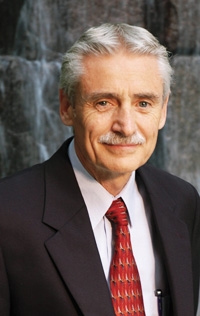
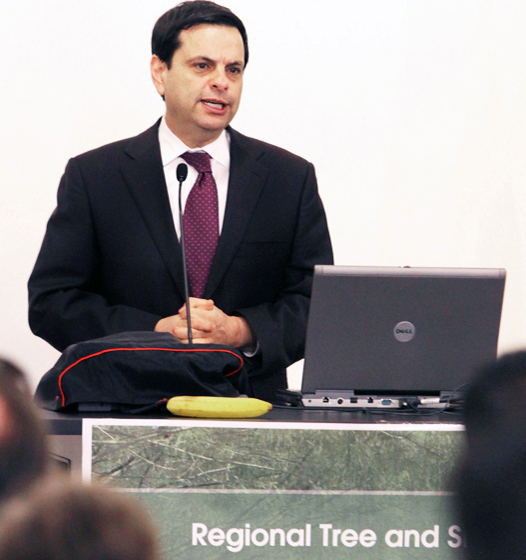 In the early 1900's, the Valley was an oasis of green with lush trees sprouting tall along wide canal banks that crisscrossed Phoenix and its suburbs.
In the early 1900's, the Valley was an oasis of green with lush trees sprouting tall along wide canal banks that crisscrossed Phoenix and its suburbs.
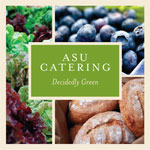 This month, ARAMARK / ASU Catering launched its new sustainable catering menu, Decidedly Green. The goal of the menu is to support a more sustainable food system – one that benefits health, communities, and environment.
This month, ARAMARK / ASU Catering launched its new sustainable catering menu, Decidedly Green. The goal of the menu is to support a more sustainable food system – one that benefits health, communities, and environment.
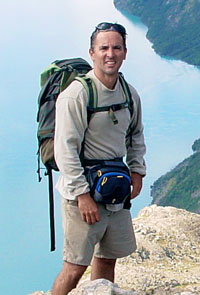
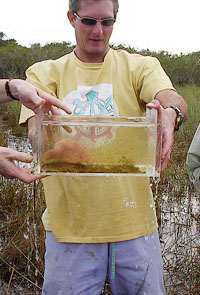
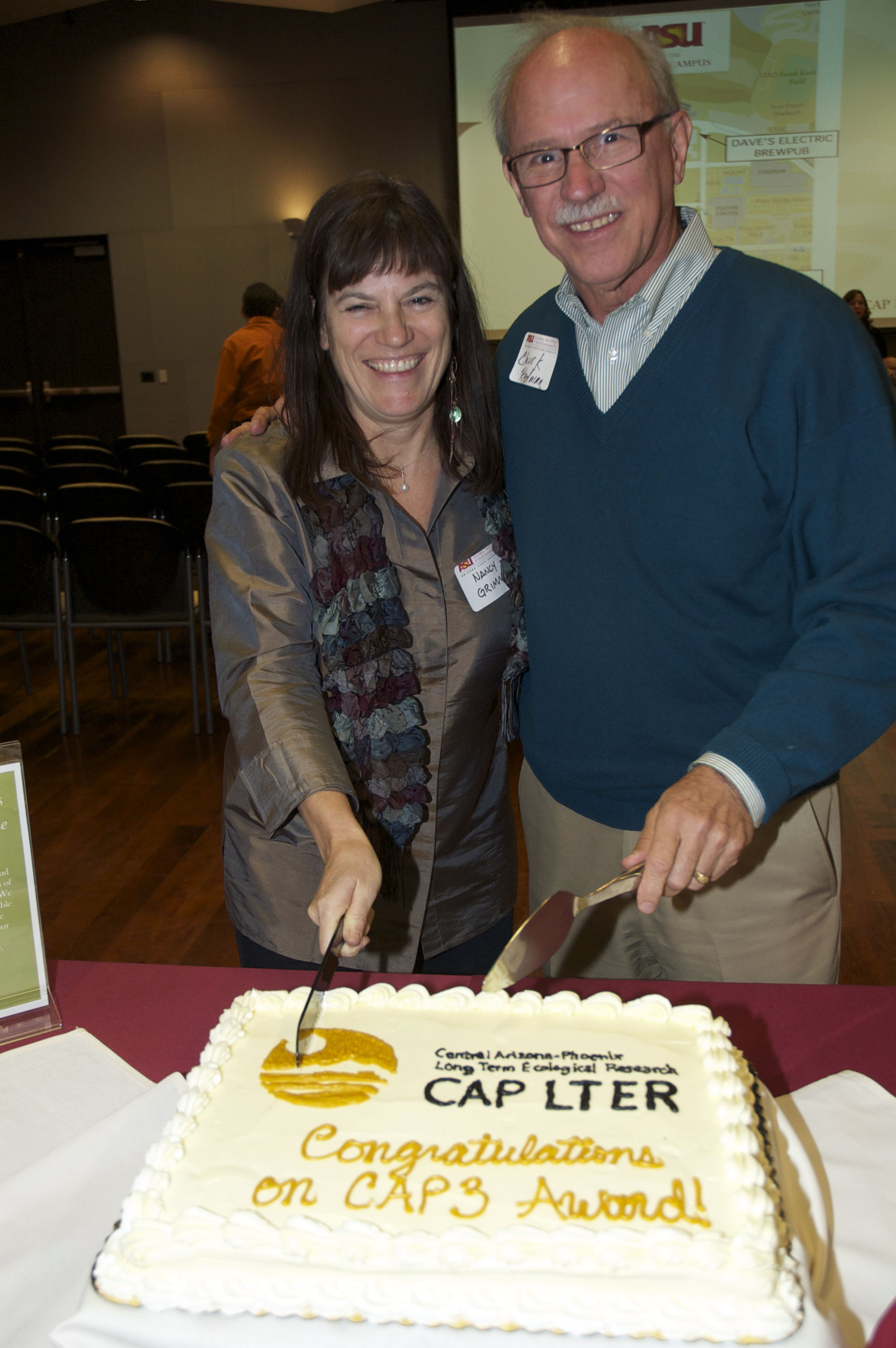
 ASU, with more than 80 video conferencing (VC) capable rooms, and four geographically separated campuses is the ideal place for use of this incredible timesaving tool. However, currently ASU videoconferencing is not used to its full potential. Many people do not know they can use VC rooms, how to use them, or what to use them for. Not only do we have VC, but we have other conferencing choices, like web conferencing, which you use from your own computer, and teleconferencing which creates a central link for a conference call. These tools are all much better than the commonly used Skype or telephone. They look better, sound better, work more reliably, and have more features.
ASU, with more than 80 video conferencing (VC) capable rooms, and four geographically separated campuses is the ideal place for use of this incredible timesaving tool. However, currently ASU videoconferencing is not used to its full potential. Many people do not know they can use VC rooms, how to use them, or what to use them for. Not only do we have VC, but we have other conferencing choices, like web conferencing, which you use from your own computer, and teleconferencing which creates a central link for a conference call. These tools are all much better than the commonly used Skype or telephone. They look better, sound better, work more reliably, and have more features.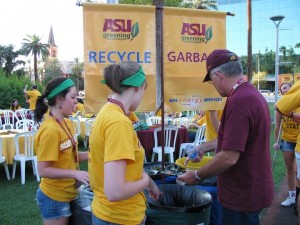 Green Team is a volunteer force that focuses on improving recycling at events and working towards achieving “zero waste." Before the event takes place, we work with event planners to minimize the waste at an event and to ensure that as much as possible of the waste stream is recyclable. At the events, Green Team members talk to attendees to educate them about what can be recycled and to show that recycling is actually extremely simple.
Green Team is a volunteer force that focuses on improving recycling at events and working towards achieving “zero waste." Before the event takes place, we work with event planners to minimize the waste at an event and to ensure that as much as possible of the waste stream is recyclable. At the events, Green Team members talk to attendees to educate them about what can be recycled and to show that recycling is actually extremely simple.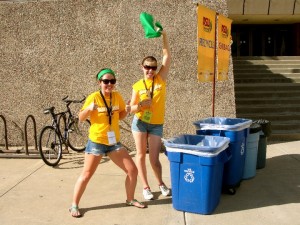
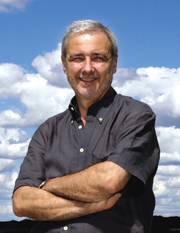
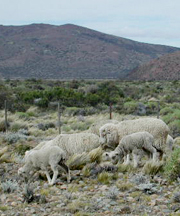
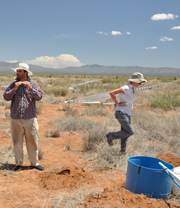
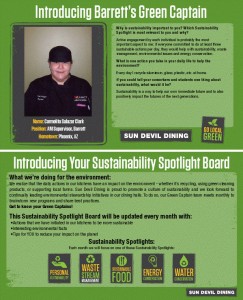
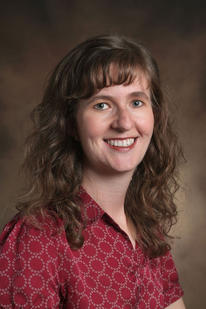 Promising research that could help provide a source of clean energy and improve environmental safety has earned an Arizona State University senior sustainability scientist support from the National Science Foundation.
Promising research that could help provide a source of clean energy and improve environmental safety has earned an Arizona State University senior sustainability scientist support from the National Science Foundation.